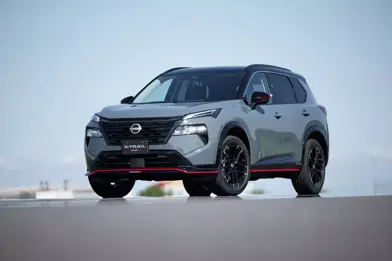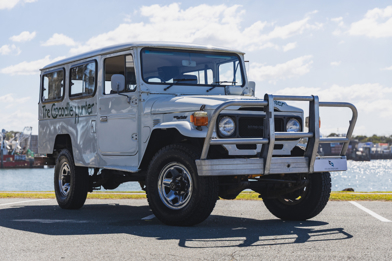The next-generation IndyCar concept drawings released earlier this year have lost none of their form as the series revealed the first two 2018 specification cars to be used in the Verizon IndCar championship next year, promising the new cars are; ‘Bolder, safer,’ and ‘even more thrilling’.
The first two cars to be built – a single Chevrolet and Honda – were unveiled at Indianapolis Motor Speedway before beginning an oval and race circuit testing program in August.
The design process for the new chassis and aero kit began in April 2016 under the watch of Jay Frye, IndyCars president of competition and operations.
Frye opted for a “reverse engineering” philosophy with the new car. First and foremost he wanted to make the open-wheeler sweet to the eye. After that was achieved the design team could worry about making the kit track-ready.
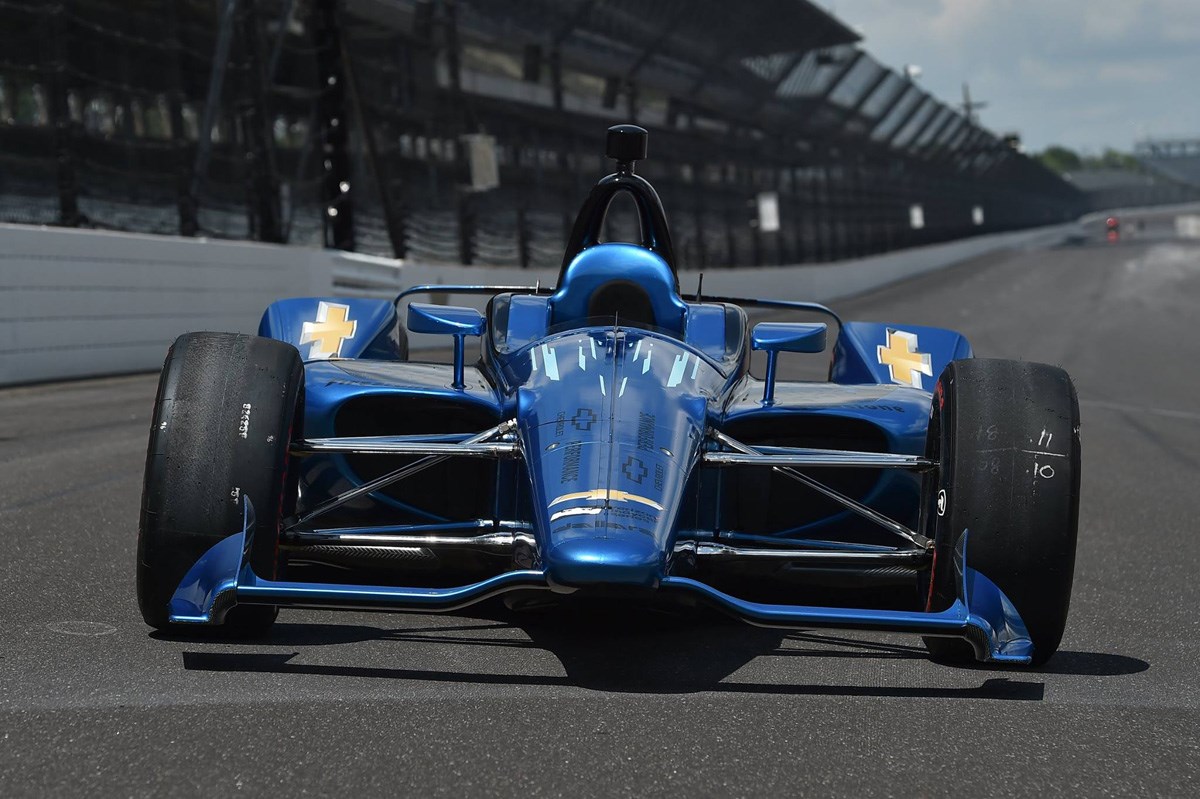
The new car uses the current Dallara IR-12 carbon-fibre chassis with an all-new aerodynamic kit. The new aero gear was designed by Dallara and Chris Beautty, a UK-based design and 3D animation consultant. Competitors in the IndyCar Series also contributed during the design process.
The 2018 IndyCar will come in two aero specifications – one specifically designed for ovals and the other for road and street circuits.
The streamlined aerodynamic package is expected to make it easier to pass and race in tight packs. Weight has also been shifted forward, making the new car more nimble.
A lower engine cover and rear wing is a throwback to the low-line IndyCars of the early 1990’s, giving the new car a long, lean look. The rear wheel guards which made the current cars look bulkier have been scrapped.
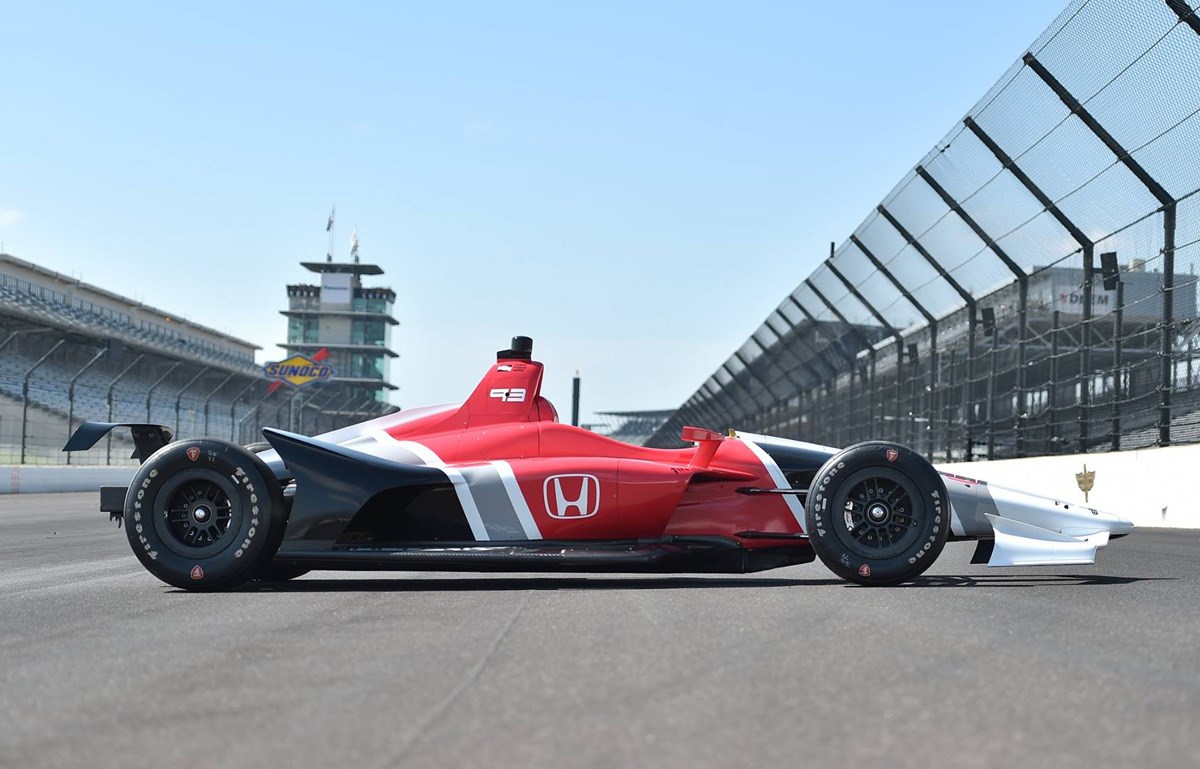
The new design generates much more downforce from underneath the car. The 2018 car produces 66 per cent of its downforce with a new floor in road course/short oval configuration, an increase of 19 per cent over the current version.
Despite the emphasis on aesthetics, IndyCar's focus and innovation on driver safety has not wavered. Side impact protection has been ‘significantly improved’ by joining the sidepods and 'induct ducts' (air inlet ducts) with two bulkheads to create a crushable structure ahead of the radiator.
This new design can absorb loads from all directions and is 8 to 10 inches wider at the driver’s hip.
Oil and water radiators have also been moved forward to add cushioning around the driver.
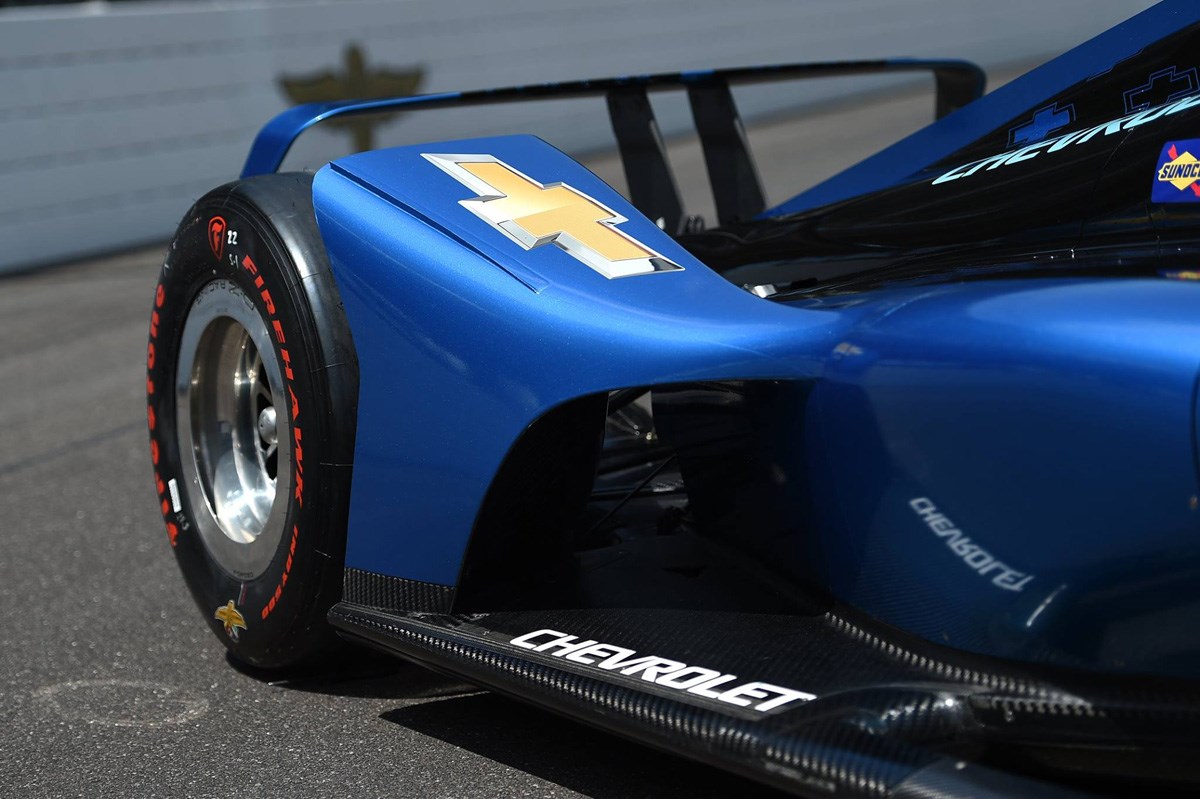
IndyCar claim the new design meets the series target to create a car that wouldn’t go airborne in spins at 90, 135, or 180 degrees of yaw thanks to small front and rear wings.
The new design also allows for a cockpit or windscreen to be applied, if the series decides to go down that route.
The current 2.2-litre, twin-turbo V6 engines from Chevorlet and Honda will be carried over in 2018.
Computer modeling suggests the new aero kits will be produce comparable qualifying speeds at the Indianapolis Motor Speedway to that of this year’s cars.
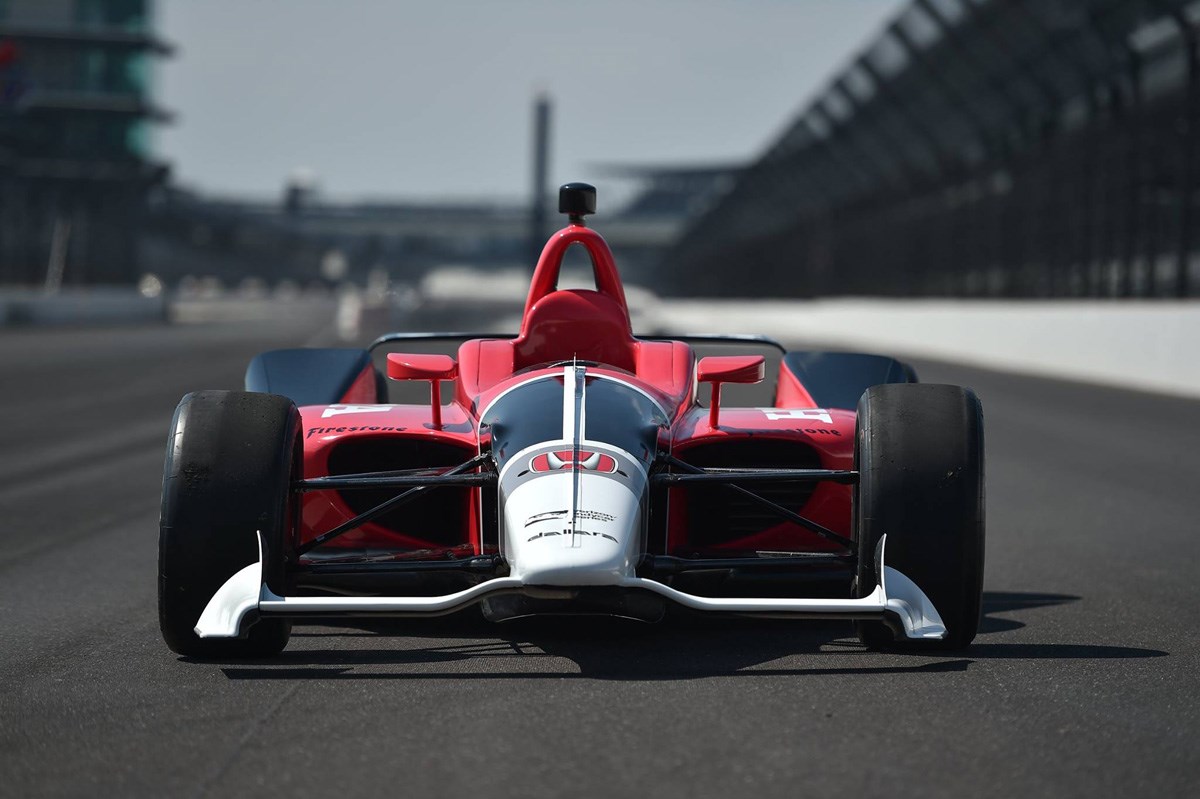
“There is a historical component to this design, and it comes with a very forward look and all the latest components,” said IndyCars president of competition and operations, Jay Fry
“Although the design looked good on paper it looks even better in person. We couldn’t be more excited to get this car on the track.”
The first two cars will begin testing on 1 August with veteran drivers Juan Pablo Montoya (Chevrolet) and Oriol Servia (Honda) behind the wheel at Mid-Ohio Sports Car Course, before moving onto Iowa Speedway (short oval) and Sebring Raceway (street course simulations; brakes and cooling test).
The first kits will be delivered to IndyCar Series teams in November.














